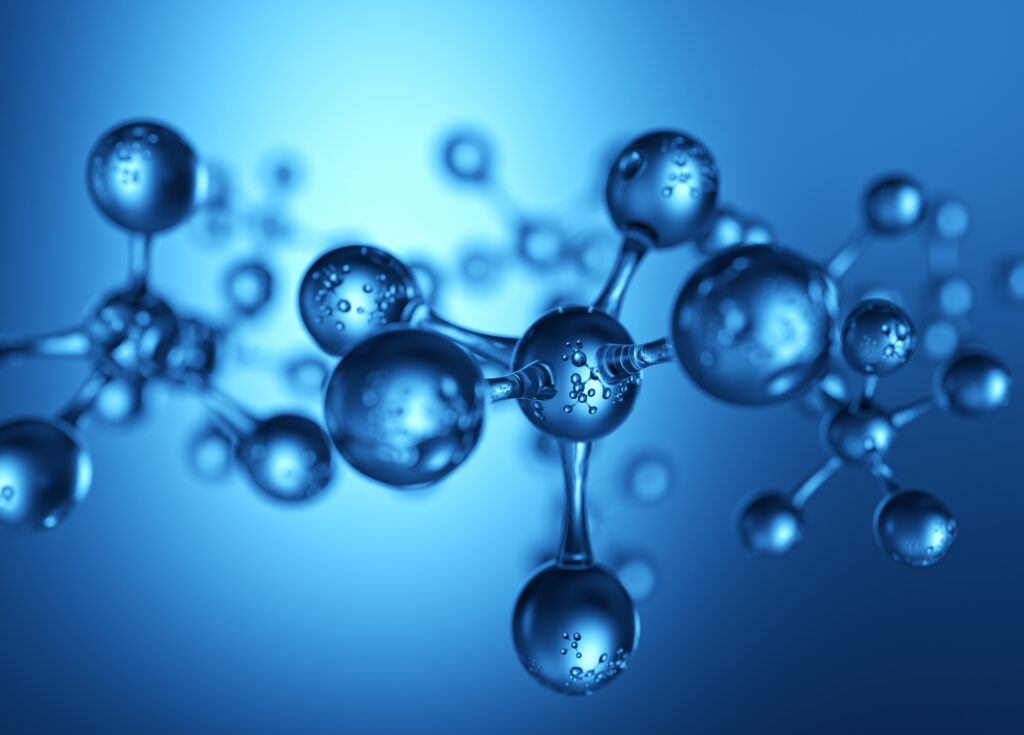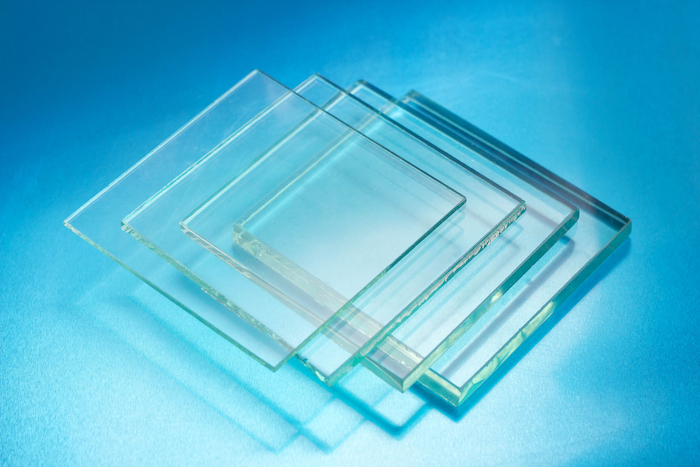What exactly is glass?
Glass is an amorphous substance. It is formed by the solidification of molten silicates to a solid state. In its new solid form, glass is both fragile and hard – and generally transparent. As the molten silicate cools, the glass atoms no longer return to the crystalline form, but remain as glass.
The chemical composition of glass is not entirely clear, there are theories, but none is comprehensive or universal. In its fluid form, glass conducts electricity well, but when cooled, it becomes an insulator. If the glass is reheated or re-cooled in its solid state, the temperature will bind unevenly and create stressful conditions. This feature is also used in tempering glass. Glass has no exact melting point.
MANUFACTURE OF FLAT GLASS
Flat glass and glass sheets are currently manufactured using the so-called float method. At the beginning of the long oven line, the raw materials of the glass are fed in. They are heated and, when melted, the glass is drained onto molten tin.
The resulting glass mass is continuously pulled forward and at the same time the thickness of the glass sheet is adjusted by means of the drawing speed. This makes the glass equally even and smooth on both surfaces. At the other end of the oven line, immediately after cooling, the glass plate is cut into suitable pieces. This is where the further processing of the glass begins.




